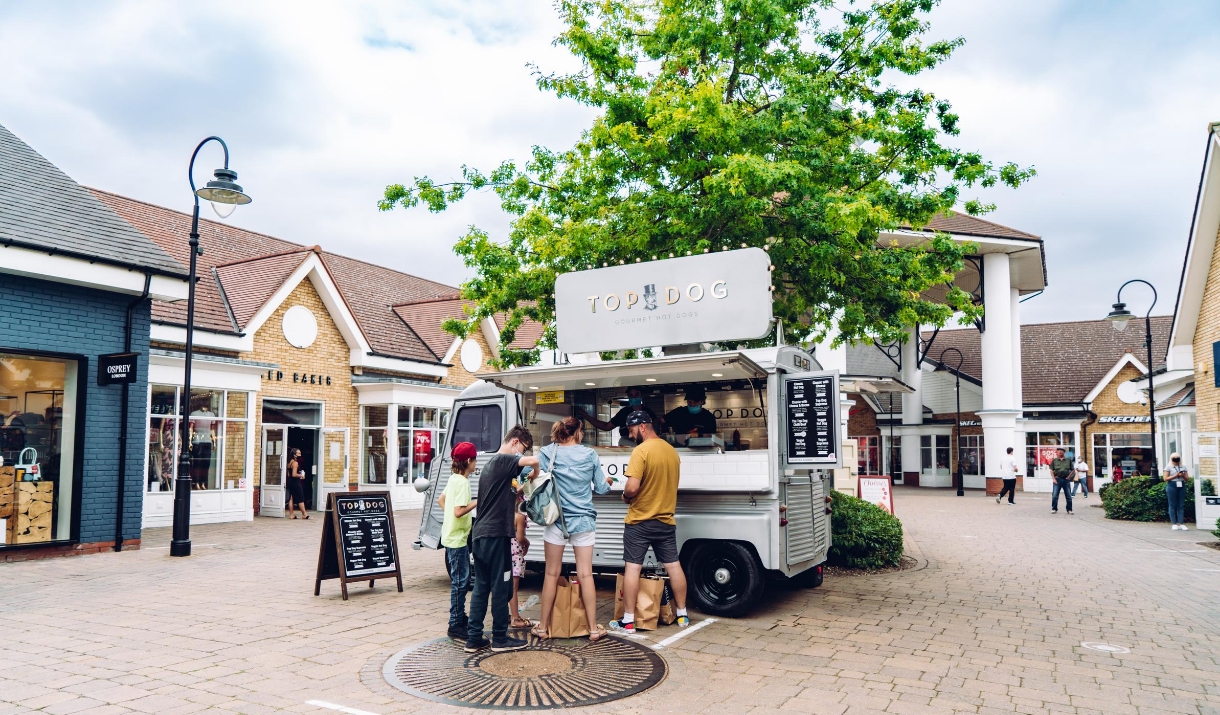
Book Tickets Online
About
With colourful, bustling market towns and picturesque villages set in the mostbeautiful rolling countryside showing North Essex at its best, look no further to get away from it all...
Braintree
Stop off at Braintree, which has a long and fascinating history - emerging from a Bronze Age valley settlement as an important and flourishing market town located at the crossroads of two Roman roads. Braintree has a long and fascinating history – emerging from a Bronze Age valley settlement as an important and flourishing market town located at the crossroads of two Roman roads. The 14th century woollen cloth trade brought prosperity to the area leaving a legacy of fine architecture and listed buildings whilst the 18th century heralded the arrival of silk weaving and the famous Huguenot name of Courtauld. Generations of this generous family not only provided the increasing population with work and housing but also donated many public buildings including the magnificent former Town Hall. The grand central tower with striking clock dominates the Market Square, whilst inside murals by Maurice Greiffenhagen depict scenes of Braintree’s history. A bronze fountain of a young boy with shell and fish, designed by John Hodge, standing alongside St Michael’s Church was yet another gift to the people of Braintree. By the mid 19th century the opening of a railway line offered the opportunity to transport bulk materials, which led to the establishment of large engineering firms such as Crittall’s Metal Window Company and Lake & Elliot iron foundry. A full story of Braintree’s diverse industrial heritage and history is told at the District Museum in the town centre. In 1199 King John granted the town a charter to hold a weekly market. Today the market is held twice a week on Wednesdays and Saturdays, when the streets abound with colourful stalls and friendly faces. Discerning shoppers are attracted to the town throughout the year by the traditional and specialist smaller shops while bargain hunters are well served by the discounted designer village on the outskirts of the town at Braintree Shopping Village.
Great Dunmow
The name Dunmow has evolved and originally meant a “fortified hill” home of a tribe of ancient Britons and many prehistoric artefacts have been found in and around the town. Today, Great Dunmow retains the atmosphere of a prosperous market town whilst keeping its old charm that exudes from many historic buildings such as the ‘Old Town Hall’ of 1578 and the ‘Clock House’ of 1586 as well as the newly restored ‘Maltings’ in Mill Lane. Steeped in history, Great Dunmow is the contemporary setting for the Dunmow Flitch Trials. This ceremony dates from 1104 when the Lord of the Manor of Little Dunmow, Robert Fitzwalter, began the award of a flitch of bacon ‘to whoever does not repent of his marriage nor quarrel, differ or dispute with his wife within a year and a day after the marriage’. The custom lapsed on the dissolution of the monasteries, was briefly revived in the 18th century and became a firmly established event after 1885. Held every four years on a leap year, the winning couple is paraded through the town on a special chair and then awarded their “flitch” or side of bacon with much celebration. The original ‘bacon chair’ can be viewed in Little Dunmow parish church. The parish church of St Mary dates mainly from the 14th and 15th centuries and is situated on the banks of the River Chelmer. Also along the banks is the recreation ground which provides a very pleasant green oasis away from the hustle and bustle of the High Street.
Book Tickets
Map & Directions
Road Directions
Parking available in Braintree.
Public Transport Directions
Nearest train station: Braintree station is on the route.



 next to an item to add it to your Itinerary basket. You will then be able to save, download, or share your itinerary.
next to an item to add it to your Itinerary basket. You will then be able to save, download, or share your itinerary.






